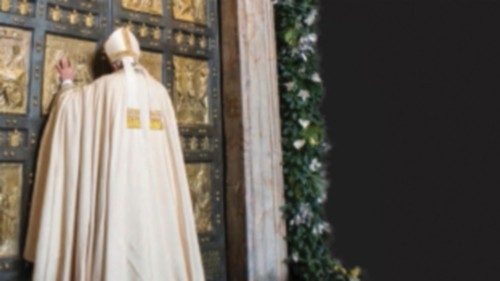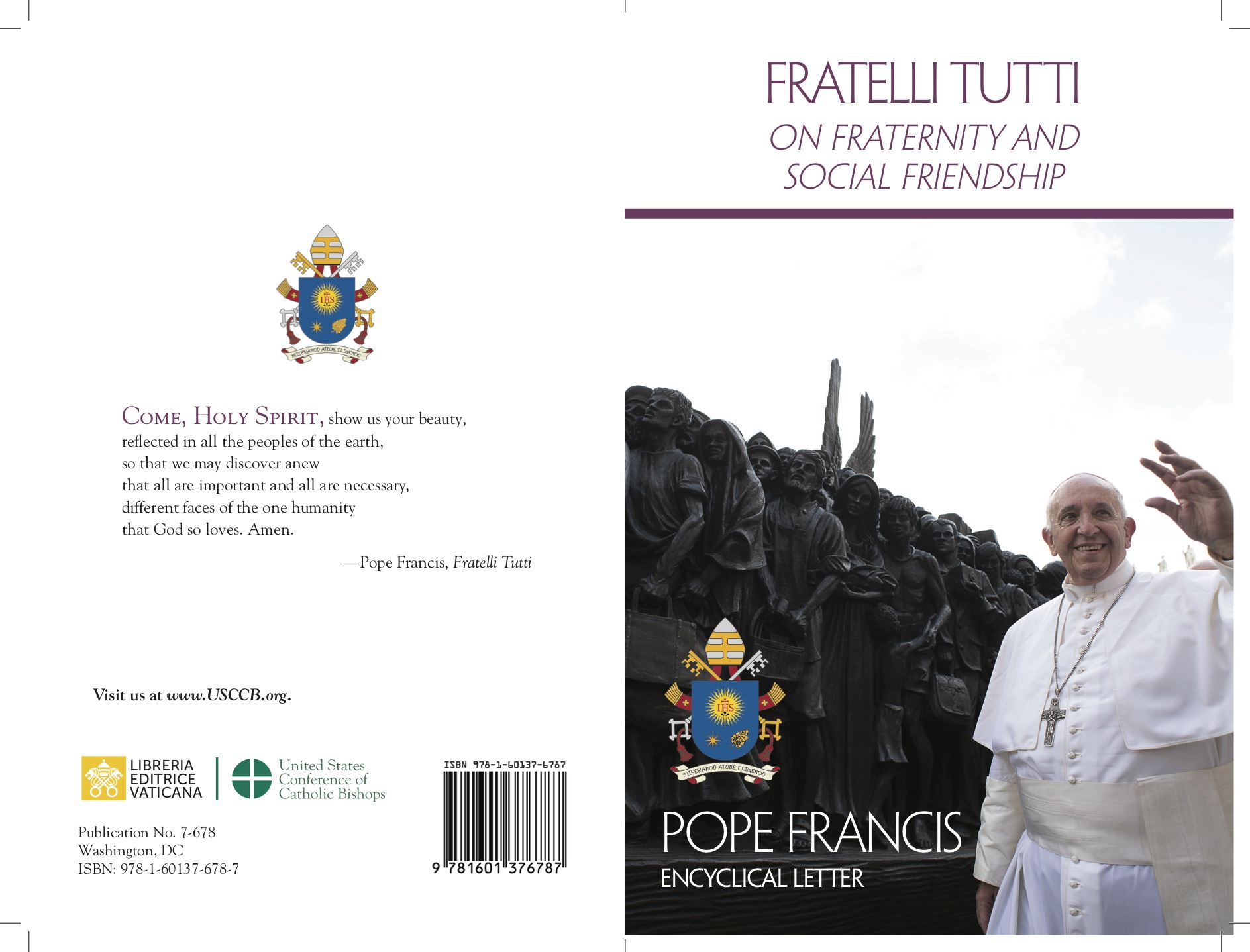
The year of the Synod for women was one of anxious anticipation. Would the Church manage to open herself to the demands arriving from various parts of the planet? There was much hope, along with some significant signs. Over the years, Pope Francis has shown no hesitation in placing many women in positions of power and prestige, and for the first time, the female synodal members voted in the Assembly of Bishops. Notwithstanding these steps, women are today asking for full citizenship. There is a forceful demand for both a voice and decision-making power. In addition, between the first and second sessions, a question loomed, that being would this Synod also propose the possibility of a female diaconate?
That the issue of women deacons would be the most controversial at the synod became clear as early as October 2023, when in the final document of the first session, the issue on female diaconates received just 69 no votes out of the 344 votes cast. Therefore, a resounding majority. The 277 votes cast in favour were considered promising, along with the proposal to continue theological and pastoral research on women’s access.
The decision made by the Pope in February this year to establish ten working groups to further explore certain topics raised during the first session of the Synod was met with mixed reactions. These groups are expected to deliver their findings to the Pope by June 2025. Among them is Group 5, titled “Some Theological and Canonical Issues—Regarding Specific Ministerial Forms” and entrusted to the Dicastery for the Doctrine of the Faith, tasked with examining, “in particular, the necessary participation of women in the life and leadership of the Church”. Some have argued that this approach removes certain topics from open discussion in the Assembly and that by extending the timeline, there is a risk of delaying decisions. Others, however, view it as a positive sign: the diaconate and women’s issues are firmly on the agenda, and the Pope himself has called for deeper study. This is no small matter.
However, in June, came what many interpreted as a setback. In an interview with CBS, when asked about women deacons, Pope Francis responded without hesitation: “If it is about deacons with sacred orders, no”.
This response elicited a dual reaction among women. On one hand, there was dismay from those who believe the issue is still open and under discussion, especially since the second commission established by the Pope on this topic is still has yet to present their findings, as is Group 5, which is tasked with delving deeper as part of the universal Synod. On the other hand, some reacted with cautious patience. Faced with disagreements—not only between men and women but sometimes even among women themselves—they suggest that perhaps the time is not yet ripe, and the waiting is not over.
For how much longer? In October, at the start of the second session of the Synod, Cardinal Victor Manuel Fernández, Prefect for the Doctrine of the Faith issued a statement. Regarding the diaconate, he said, “We are aware of the Pope’s public position, which considers the issue not yet mature”. However, he added, “the opportunity for further exploration remains open”. Later, he clarified that Pope Francis “has asked that [during the Synod, ed.] we do not dwell on this possibility”.
In a meeting with about a hundred synodal fathers and mothers outside the Synod hall, Cardinal Fernández, later explained that the primary focus of Group 5 is the role of women in the Church, and not specifically about the possibility of a female diaconate, on which the commission chaired by Cardinal Giuseppe Petrocchi is still working. He argues that the majority of women are not askinmg for the diaconate, meaning they do not want to be “clericalized”. Moreover, he repeated, stating that the issue “is not mature” does not mean that Pope Francis wants to close the matter, but rather that he wishes to continue studying it.
At this point, what should women who hope for greater recognition of their role in the Church through policies of equality in the assignment of duties and responsibilities think? Not to mention, the possibility of choosing how to serve the Church—specifically as deacons—deduce and think?
Let us move on to the Synod vote, and start with the numbers.
The two paragraphs in the final document that address women are the ones that received the fewest approvals. Paragraph 60, which focuses on the role and leadership of women in the Church and access to the diaconate, received 97 no votes out of 355; paragraph 148, which paves the way for greater female presence in seminaries, received 40 no votes.
Now, let us read the text.
60. By virtue of Baptism, women and men have equal dignity as members of the People of God. However, women continue to encounter obstacles in obtaining a fuller recognition of their charisms, vocation and place in all the various areas of the Church’s life. This is to the detriment of serving the Church’s shared mission. Scripture attests to the prominent role of many women in the history of salvation. One woman, Mary Magdalene, was entrusted with the first proclamation of the Resurrection. On the day of Pentecost, Mary, the Mother of God, was present, accompanied by many other women who had followed the Lord. It is important that the Scripture passages that relate these stories find adequate space inside liturgical lectionaries. Crucial turning points in Church history confirm the essential contribution of women moved by the Spirit. Women make up the majority of churchgoers and are often the first witnesses to the faith in families. They are active in the life of small Christian communities and parishes. They run schools, hospitals and shelters. They lead initiatives for reconciliation and promoting human dignity and social justice. Women contribute to theological research and are present in positions of responsibility in Church institutions, in diocesan curia and the Roman Curia. There are women who hold positions of authority and are leaders of their communities. This Assembly asks for full implementation of all the opportunities already provided for in Canon Law with regard to the role of women, particularly in those places where they remain underutilised. There is no reason or impediment that should prevent women from carrying out leadership roles in the Church: what comes from the Holy Spirit cannot be stopped. Additionally, the question of women’s access to diaconal ministry remains open. This discernment needs to continue. The Assembly also asks that more attention be given to the language and images used in preaching, teaching, catechesis, and the drafting of official Church documents, giving more space to the contributions of female saints, theologians and mystics.
Does the three-quarters full glass (258 approvals) count? Or, the one-quarter empty (97 disapprovals) carry more weight?
There are women who believe the Synod did not achieve the expected results, others who think the final document is a valid compromise, and still others who say that this is where we need to start from and build going forward. Paragraph 60 passed—like all the paragraphs in the final document—and this should be seen as an opening, as an opportunity. Naturally, it all depends on how, when, and how much it will be received, and how it will inspire decisions and actions in Rome and in local churches. We will see what Group five proposes when it delivers its work to the Pope in June.













 Purchase the Encyclical here Fratelli Tutti
Purchase the Encyclical here Fratelli Tutti
